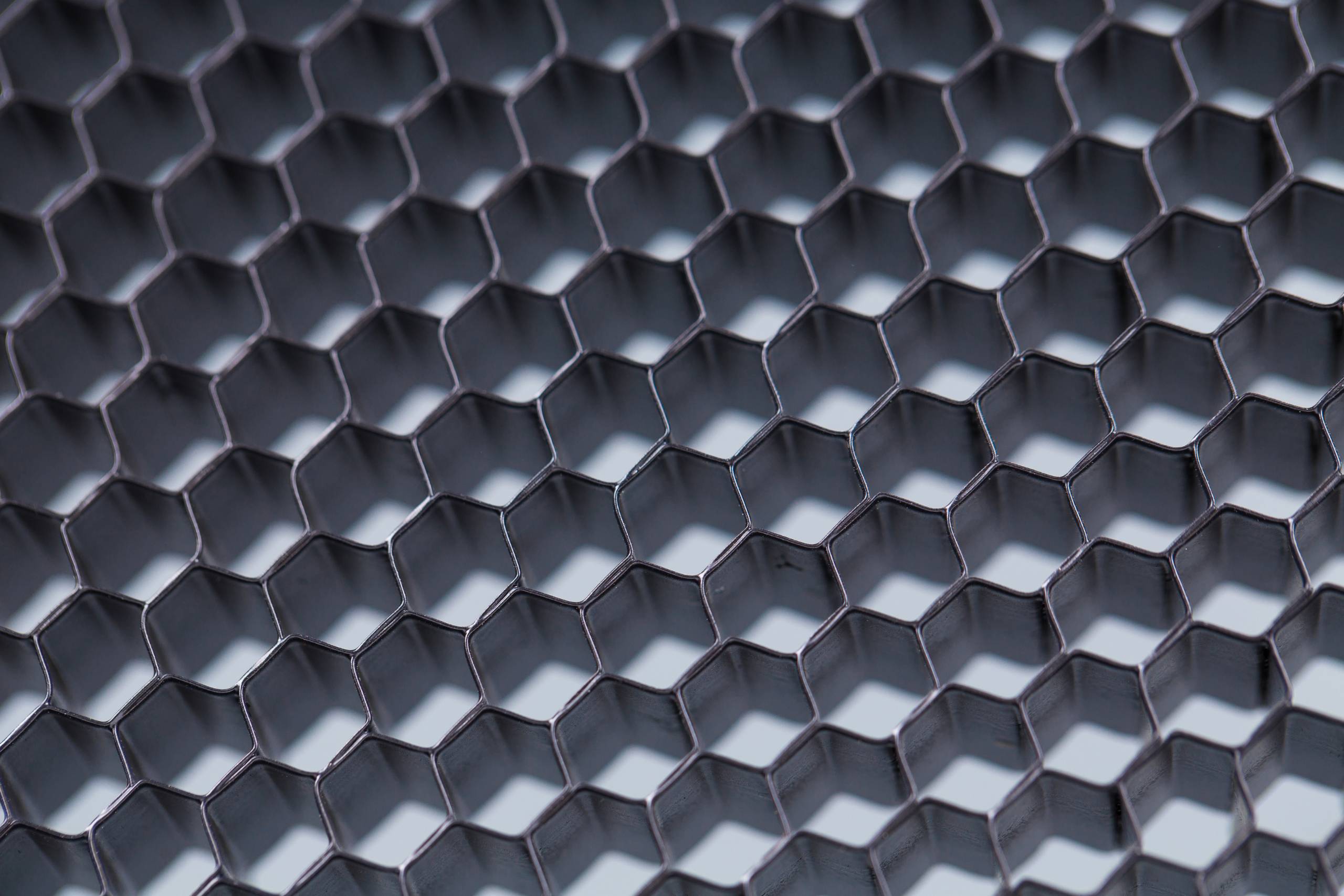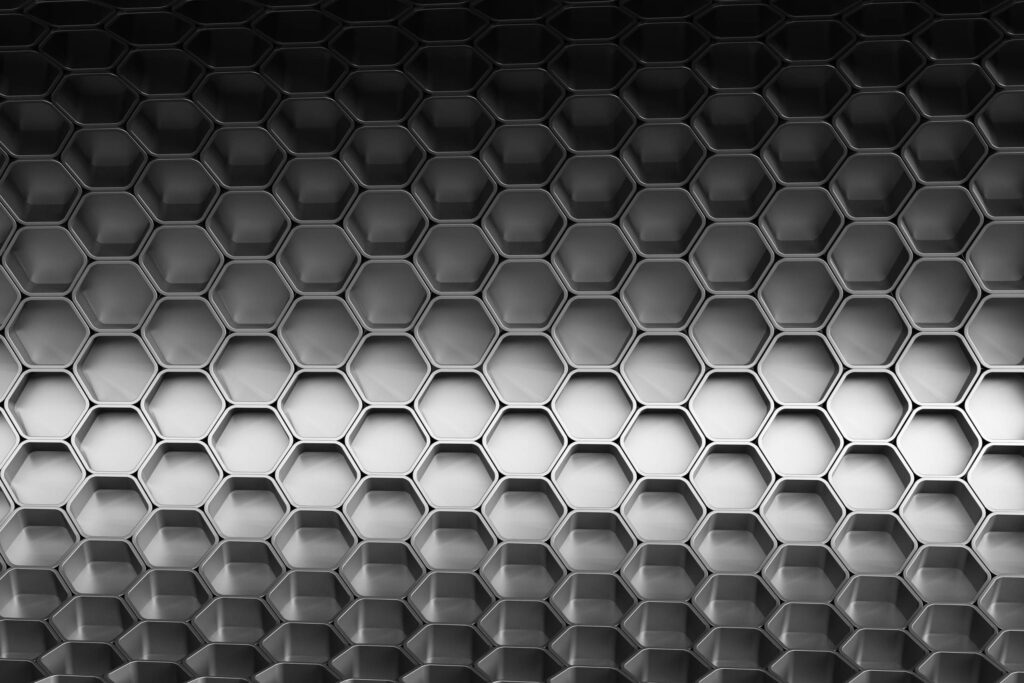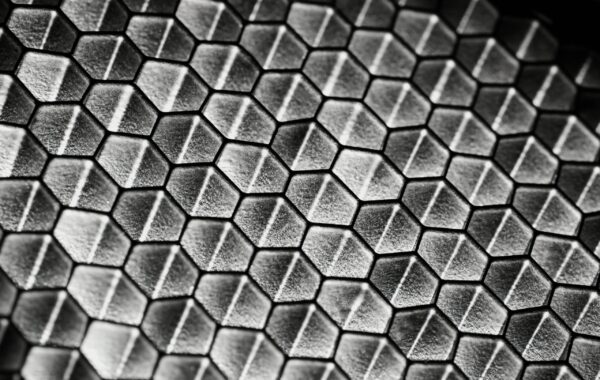
Innovative Building Materials: Aluminum Honeycomb Panels for Future-Ready Designs
Introduction
Sustainable, high-performance materials are in vogue of construction and design today. Builders and designers nowadays pay attention to durability and functional abilities when they look for lightweight and aesthetically versatile materials. One such subsequent material is the aluminum honeycomb panel.
Aluminum honeycomb panels find their unique advent into the various sectors due to their amazing structure, offering an extraordinary ratio of strength versus weight. These panels provide superb durability, energy efficiency, and design flexibility, as they are inspired by the honeycomb design of nature. As the demand for futuristic and ecologically earmarked materials rises, notification is also made that aluminum honeycomb panels are now the top-end products among many applications in architecture, transportation, interior design, and much more.
This article discusses the benefits, applications, and future potential of aluminum honeycomb panels, as well as why they are an ideal option in construction and design for the modern age.
What Are Aluminum Honeycomb Panels?
Aluminum honeycomb panels are lightweight yet strong composites that consist of three main elements:
- Aluminium Face Sheets: Thin layers of aluminum forming the outer surfaces of the honeycomb panel.
- Honeycomb Core: A tessellated core structure that offers strength and rigidity while maintaining a lightweight panel.
- Adhesive Layer: A very high-performance adhesion agent that holds elements together for durability.
This unique design enables the aluminum honeycomb panels to sustain extremely high pressures and impact loads, while at the same time carry their load very light. The reduction of mass with no reduction in load-carrying capabilities is very sought-after in spaces such as construction, aerospace, and automotive manufacturing.
How Aluminum Honeycomb Panels Are Made
The manufacturing process of aluminum honeycomb panels involves:
- Expanding the honeycomb core from aluminum foil sheets.
- Bonding the core with aluminum face sheets using high-pressure adhesives.
- Curing the panel to ensure a strong, long-lasting bond.
- Finishing the surface with coatings or laminates for enhanced durability and aesthetic appeal.
By leveraging this advanced engineering process, manufacturers create panels that offer exceptional stability, insulation, and lightweight performance.
Key Benefits of Aluminum Honeycomb Panels
1. Lightweight but Very Strong
Aluminum honeycomb panel is largely used as its strength-to-weight ratio is really good; the honeycomb core evenly distributes weight across the entire panel, which makes it significantly lighter than solid metal or concrete, but at the same time quite sturdy.
2. Invaluable and Corrosion Resistant
Aluminum withstands corrosion as it is, the honeycomb panels are also protected externally by coatings, recommended to withstand even the harshest environmental conditions. Best suited for:
- Outdoor facades of buildings
- Marine application interiors in ships
- Bathrooms, or swimming pool-like high humidity environments.
3. How Much Energy You Use and Keep Heat In
Aluminum honeycomb panels work better than firewalls do when keeping heat in and out, lowering your need for hot or cool air all day. This makes them an excellent choice for:
- Energy-efficient buildings
- Cooled storage Space
- Airplanes and vehicles that require precise temperature control would need these panels
4. Supporting Buildings Today thile also helping to Save Nature
As the construction industry shifts toward eco-friendly solutions, aluminum honeycomb panels stand out due to their:
- We can reuse them completely, and they do less harm to nature when recycled
- Using materials wisely reduces our use of raw materials in general.
- These panels help reduce building energy use and lower a building’s contribution to climate change.
Applications in Future-Ready Designs
1. Commercial and Residential Architecture
Aluminum honeycomb panels are widely used in modern construction, offering durability and design versatility. Common applications include:
- Building facades: Protecting against weather conditions while providing an elegant finish.
- Partitions and wall panels: Creating stylish and functional interiors.
- Ceilings: Adding a futuristic touch to corporate offices and luxury homes.
2. Aerospace and Transportation
In industries where weight reduction is crucial, aluminum honeycomb panels offer lightweight durability. Their use in aircraft, ships, and high-speed trains helps reduce fuel consumption while maintaining safety and performance.
3. Interior Design and Furniture
Modern interior designers and furniture makers use aluminum honeycomb panels to create:
- Sleek countertops and tabletops
- Minimalist cabinet doors and shelving
- Innovative ceiling designs and partitions

Why Aluminum Honeycomb Panels Are the Future of Construction
The fact that the construction business is moving toward making buildings both green and energy-efficient makes aluminum honeycomb panels very popular. Building professionals take advantage of aluminum’s flexibility to dream up recent designs that combine long life and resilience. Architects looking to build for the future will find big advantages by using aluminum honeycomb panels that are very light, last a long time, and don’t harm the planet.
Challenges and Considerations
1. Higher Initial Cost
Buyers will pay more for aluminum honeycomb panels now, but their long life and little upkeep make the panels cheaper overall.
2. Specialized Installation
An installer trained in specialized methods for hanging aluminum honeycomb panels is needed to ensure they perform at their best. Hiring a panel expert ensures that your setup remains strong and long-lasting.
3. Harder To Find In Market
Having good quality aluminum honeycomb panels is hard to find everywhere, so you need to find your materials from reliable factories.
Future Trends in Building Materials and Aluminum Honeycomb Panels
Improved Panel Technologies: Technologies for building panels have enhanced efficiency and reduced costs, resulting in stronger, higher-quality aluminum honeycomb panels.
Smart Building Integration: Modern buildings are incorporating aluminum honeycomb panels to control temperature and adapt to contemporary needs.
Sustainable Modular Construction: Aluminum honeycomb panels are increasingly used in sustainable projects and prefabricated buildings to enhance durability and energy efficiency.
Conclusion
Modern construction and design uses aluminum honeycomb panels to make many beneficial improvements. The costs, strength, environmental benefits, and way these panels accommodate many shapes make them perfect for developing construction and public works that will last long into the future.
Because modern architects want smarter designs that save resources, aluminum honeycomb panels will form the basis for all construction work. No matter how you use them – in skyscrapers, fast transportation, or green indoor spaces – these panels give modern architecture better performance than any other option.
Using aluminum honeycomb sheets helps builders and designers create strong, lightweight structures that are easier on the environment, marking a new era for construction history.


